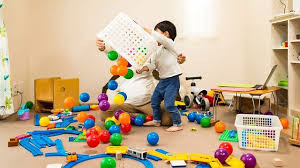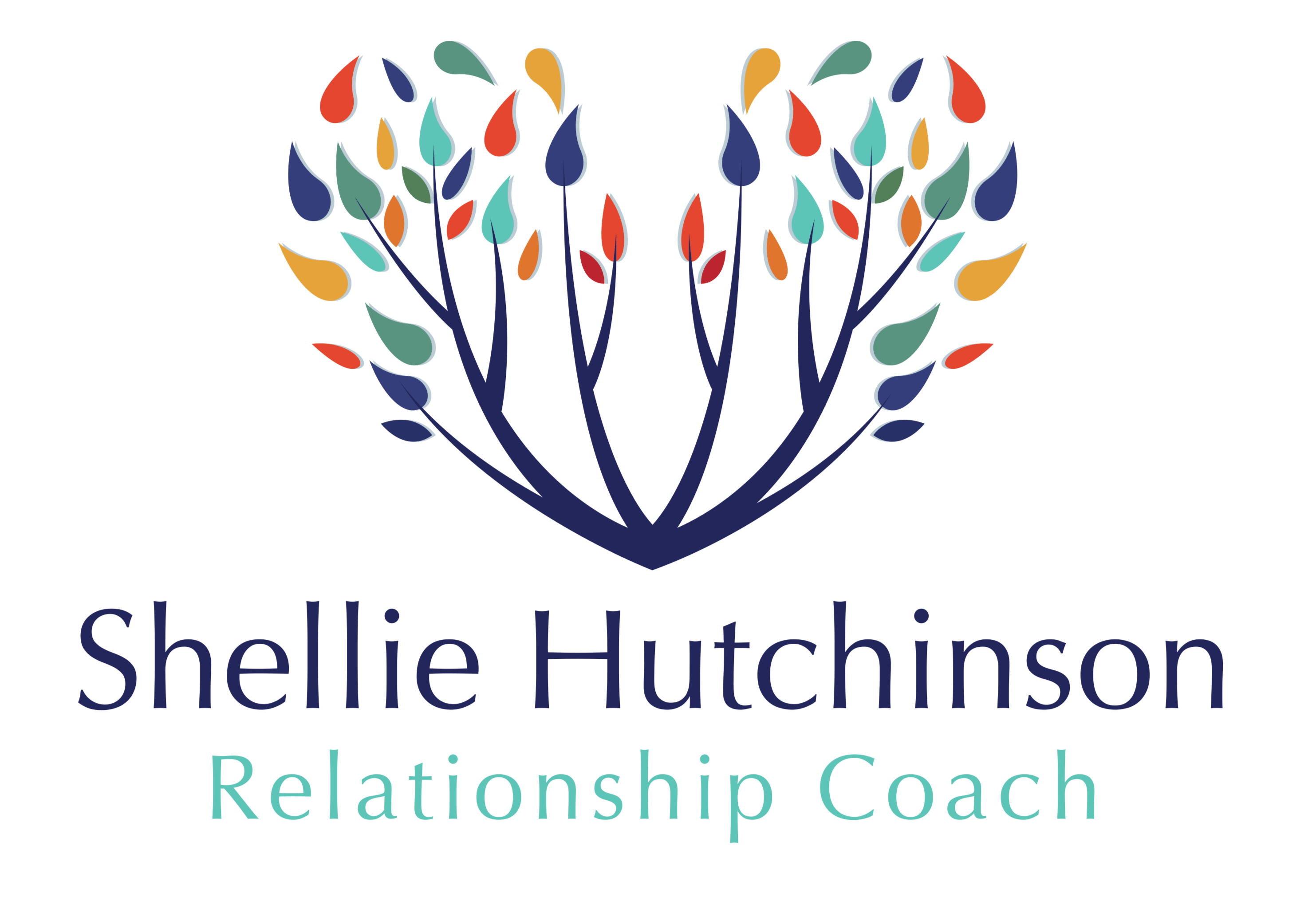
In the bustling world of parenting, maintaining a tranquil atmosphere is no small feat. With daily life often filled with a flurry of activity, emotional outbursts and challenging behaviors are bound to happen, both from children and parents. It's during these instances that the significance of timeouts and understanding the power of pausing comes into play. Timeouts, when used appropriately, offer windows of calm to foster emotional development and learning, while also enriching the relational health between child and parent. Here are some benefits of implementing emotional pauses or timeouts:
1. Emotional Regulation: Timeouts provide a structured environment for kids and teenagers to learn to manage their emotions. When feeling overwhelmed by frustration or anger, a brief pause can help your child regain composure and reflect on their feelings. Over time, this practice reinforces self-regulation skills that are crucial for emotional development.
2. Reflective Learning: A well-timed pause offers children a chance to think about their actions and the subsequent consequences. This reflection time is critical in helping them understand right from wrong, thereby nurturing their moral development.
3. Parental Calmness: Timeouts aren’t just beneficial for children. They also offer parents a moment to gather their thoughts and approach the situation calmly and with a clear head. This ensures that parents respond thoughtfully rather than react impulsively, fostering a more harmonious relationship.
What Does An Effective Timeout Look Like?
1. Consistency is Key: Use timeouts consistently as a response to specific behaviors, such as tantrums or unkindness during peer-to-peer play. This predictability helps children understand the boundaries and reinforces the learning process.
2. Provide a Warning; Saying something like, "Please stop throwing the blocks or you'll need to take a break." allows the child time to adjust their behavior or pivot if a pause is needed. Utilizing a timeout in an effort to redirect behavior doesn't need to be long. Thirty seconds to one minute for young children is usually effective.
3. Create a Calm Space: Designate a quiet and safe timeout area. This should not feel like a punishment zone but rather a peaceful place where your child can calm down and reflect.
4. Check-in: Utilizing empathy and checking in with your child while they're in a pause, will reinforce feelings of security and love in your child.
5. Reconnect Post-Timeout: Once the timeout is over, take the opportunity to discuss the behavior calmly. Ask your child how they felt and explain the reason behind the timeout. This helps in reaffirming lessons and strengthens your emotional bond.
What Makes a Timeout or Pause Ineffective?
1. Angry Pauses: Implementing a timeout out of anger can have a detrimental effect. It’s important to differentiate a calm pause from a punitive one. If a timeout is given in the heat of the moment, it may convey rejection rather than guidance, causing the child to feel alienated and shamed.
2. Isolation: Timeouts should never be about isolating the child. Instead, they should be considered a pause for calming down, redirecting behavior, or reflection (reflection will depend on the child's age and developmental level). Ensure that the timeout spot is within a comfortable and close proximity to avoid feelings of abandonment. When redirecting behavior in young children, it can be helpful to remove the child for a moment and discuss the situation with them in a simple, age-appropriate way.
3. Negative Labels and Comments: Avoid using phrases like "bad boy" or "bad girl" while giving a timeout. This can damage your child’s self-esteem. Focus on addressing the behavior, not labeling the child.
4. Don't Prolong the Pause or Give It a Specific Time Limit: The pause is about emotional regulation and/or behavioral redirection, as well as ensuring the child has the time and space for development to do its job.
Angry pauses, or timeouts used as arbitrary punishment, can have lasting negative effects on a child's emotional well-being and the overall dynamics between parent and child. When timeouts are given in anger, they often become punitive rather than educational and developmental. This can make the child feel shamed and misunderstood, potentially leading to increased behavioral issues and strained relationships. Furthermore, it may teach children to associate conflict resolution with avoidance rather than understanding and communication.
On the other hand, implementing timeouts thoughtfully can transform big emotional moments into powerful tools for emotional growth and relational harmony. They serve as essential pauses that allow children to process emotions and allow parents to approach situations with calmness and clarity. By applying the principles of consistent, calm, and compassionate timeouts, you foster a nurturing environment where emotional development thrives, and the parent-child bond is strengthened. Remember, every emotional moment is an opportunity to connect, guide, and grow together.
I'd love to hear your experiences and thoughts on using timeouts. Share your stories in the comments below!












0 Comments